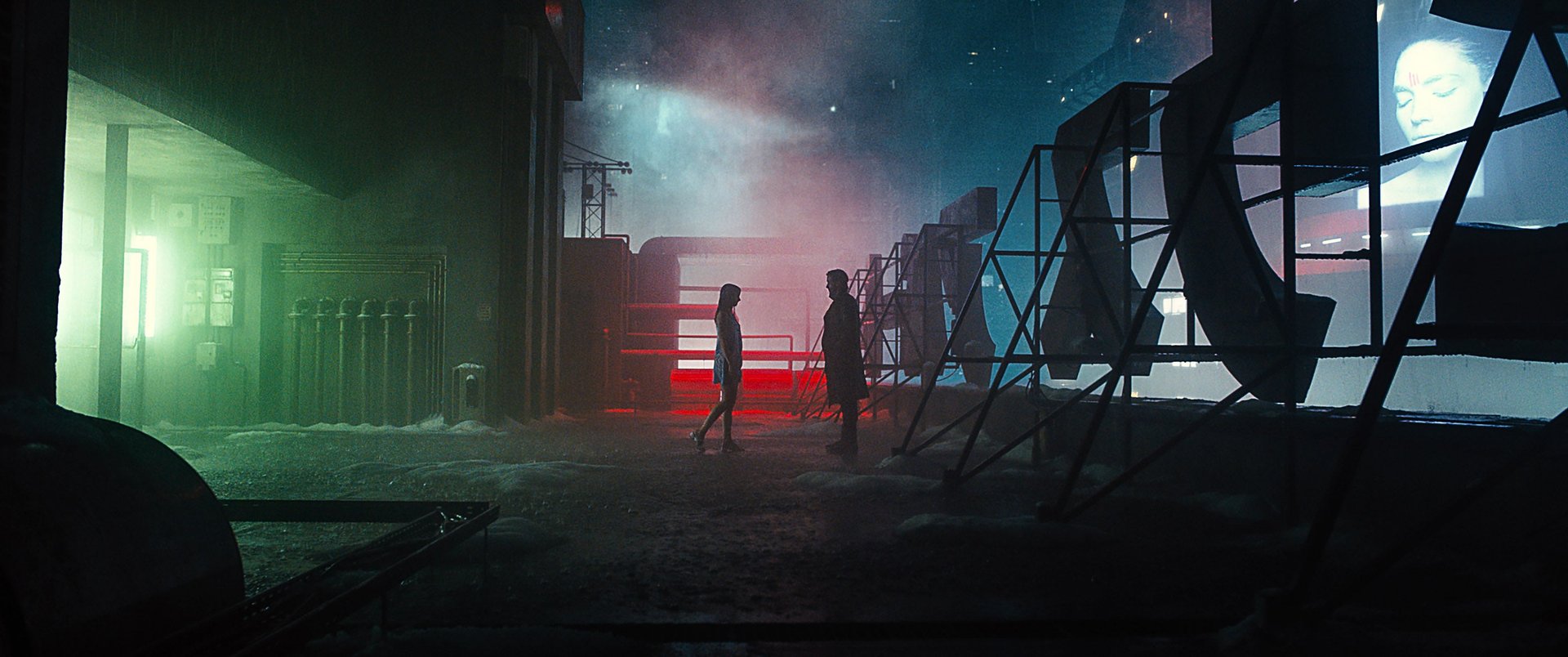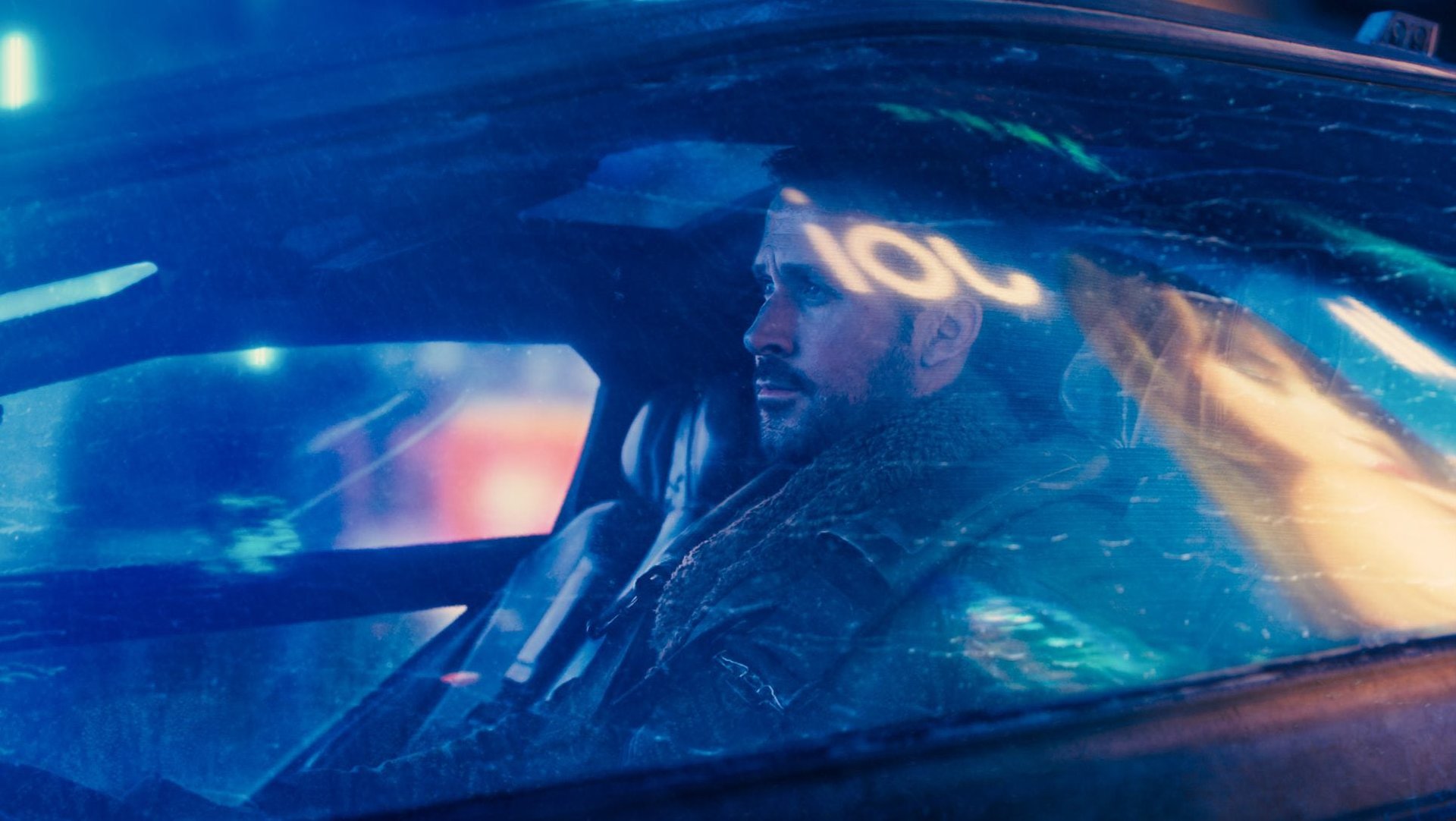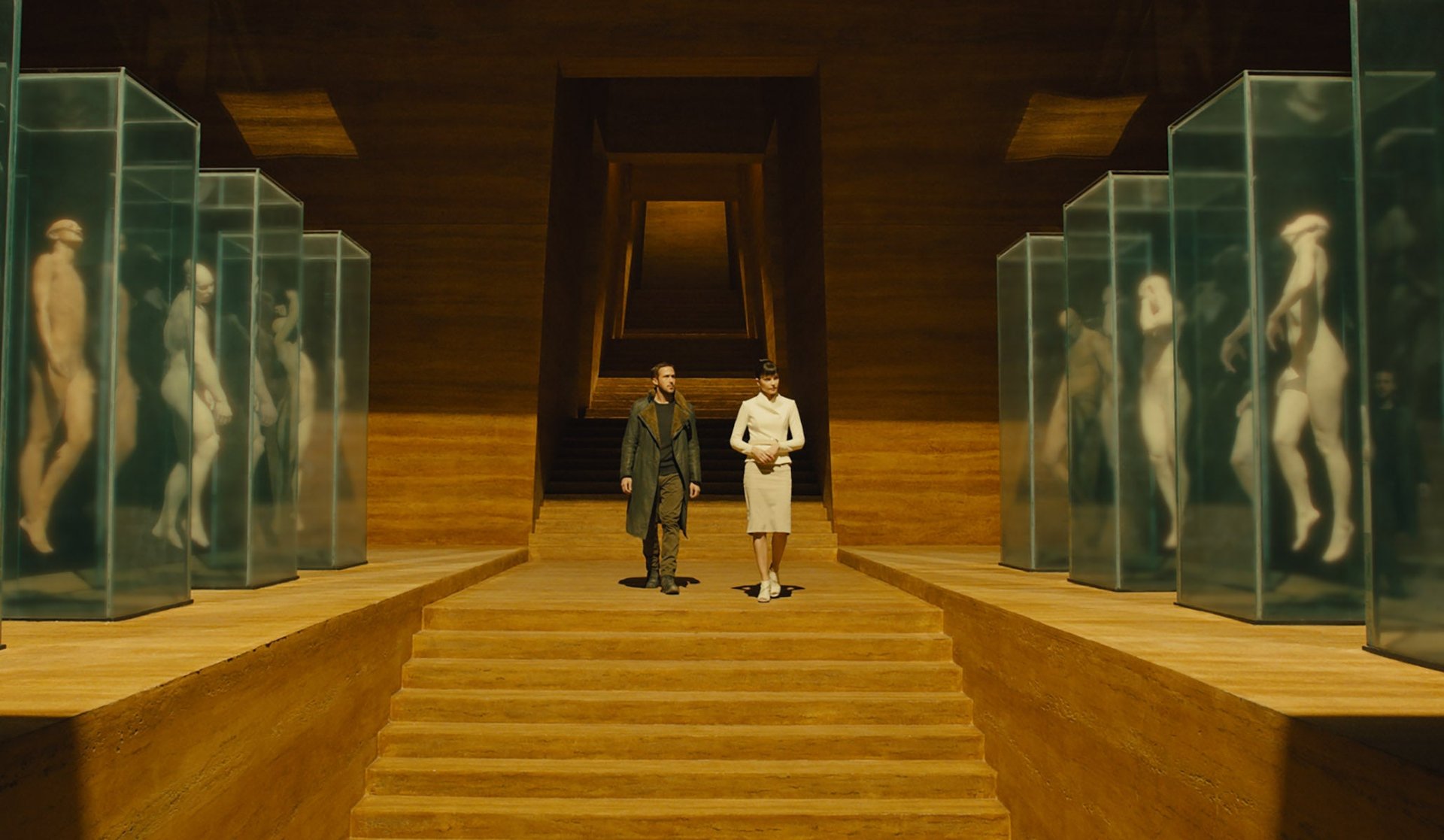Each frame of the visually astonishing “Blade Runner 2049” belongs in an art gallery
This story does not contain any major spoilers.


This story does not contain any major spoilers.
For the price of a movie ticket, you can peruse the hottest art gallery in the world this weekend: Blade Runner 2049, the latest exhibit from director Denis Villeneuve and legendary cinematographer Roger Deakins.
A sequel to Ridley Scott’s 1982 science fiction cult classic Blade Runner, Villeneuve’s film picks up 30 years after the original and follows “K” (Ryan Gosling), an officer in the Los Angeles police department tasked with hunting down near-human androids called replicants.
In this dystopian future, earlier models of disobedient replicants have been outlawed, while a new series, created by the messianic industrialist Niander Wallace (a hammy Jared Leto), have taken their place. These ones always obey orders, making them the perfect form of slave labor. K’s job as a “blade runner” is to find and “retire” the ones who don’t. His journey eventually leads him to Rick Deckard (Harrison Ford in a poignant return), the original blade runner from the 1982 film.
The film lacks the mysterious, almost impenetrable quality that made its predecessor a classic, but it’s nonetheless a deeply ambitious, scintillating work of art, brought to vivid life by Villeneuve, a director in complete command of his craft.
But the most memorable part of Blade Runner 2049 is, without question, its look. Deakins, along with production designer Dennis Gassner, have painted an arresting portrait of America’s future. Each scene and set piece is a visual opera, replete with bizarre hues and hypnotizing lighting.

Deakins, who’s shot films like The Shawshank Redemption, No Country for Old Men, and Sicario (among many, many others—seriously, listing just three films doesn’t do his oeuvre justice), has somehow yet to win an Oscar for best cinematography despite being nominated thirteen times. Blade Runner 2049 represents his best chance at winning the elusive award, and he’d be as deserving a winner as the Oscars has ever had. After this film, the Academy should consider naming the award after him.
From the opening minutes, it’s clear that Deakins, in his third collaboration with Villeneuve, has made something special. The camera flies high above the ground, sauntering across the bleak futuristic landscape as it morphs from enormous, sterile, Lego-like protein farms to fire-washed radioactive zones to the rain-soaked Los Angeles metropolis, whose hulking buildings and neon glow etch eerie shadows against the gunmetal sky. The world of Blade Runner 2049 is terrifyingly beautiful.

And Deakins can shoot intimate close-ups and claustrophobic rooms as well as he can illustrate sweeping vistas. The opening scene moves into a rundown farmhouse (an uncanny relic of the past) as Gosling’s K, sitting silently and submerged in shadow, confronts a replicant in its kitchen.
One silhouette too many, and Blade Runner 2049 could have easily slipped into cliché, but Deakins knows precisely when to pump the brakes on the noir tropes. The film shifts seamlessly from dimly lit halls to dazzlingly bright terrain (unlike the original, much of Blade Runner 2049 takes place in the daytime), and Deakins is the one who makes it all seem like part of the same strange world.
Most of all, Deakins, Villeneuve, and Gassner specialize in making impossible things look possible. In the film, which expands the physical setting of the original, Las Vegas has fallen into disrepair, engulfed in a burnt-orange bubble—the result of years of neglected radioactivity. It is an image we can’t really comprehend in today’s world, but in Blade Runner 2049, we don’t think twice about it. It’s real.

Deakins’ work in this film is so spectacular and so absorbing that it can even be distracting. Blade Runner 2049 is a beautiful film, and it knows it, basking in its own visual splendor. When one of Deakins’ soaring images plasters the theater screen, it’s difficult to ponder the deeper questions the film wants you to ponder, and impractical, even, to think a second beyond the frame you’re seeing in any given moment. There’s always so much going on.
That feeling of saturation isn’t helped by Hans Zimmer and Benjamin Wallfisch’s aggressive, often overwhelming synth score. A more violent, unrefined version of composer Vangelis’ electronic music in the original, Zimmer and Walfisch’s score infiltrates your brain like an earworm that then explodes upon reaching the auditory cortex. It works in certain places—like when it adds a fitting sense of absurdity to a scene where police handlers are screaming test questions at a replicant—but other times, it’s just too loud and intrusive.
Luckily, the film includes several hushed, deliberate scenes for your senses to recharge. Usually, they come in the form of Gosling’s stony face gazing off into the middle distance, hiding bounds of inner turmoil. There is no actor working today better than Gosling at that.

Soon, though, there’s another shiny new object to look at: a giant billboard come to life, a blank room that digitally replicates a vibrant green forest, a darkened Vegas nightclub complete with a flickering hologram of Elvis Presley crooning “Can’t Help Falling in Love.”
Like in many art museums, there is more to see in Blade Runner 2049 than any one person can reasonably take in, even with repeat trips. If you find yourself wanting to revisit the world of Blade Runner 2049, it likely won’t be to understand its themes or contemplate its philosophies, but rather to ogle the sublime handiwork of Roger Deakins and Denis Villeneuve.